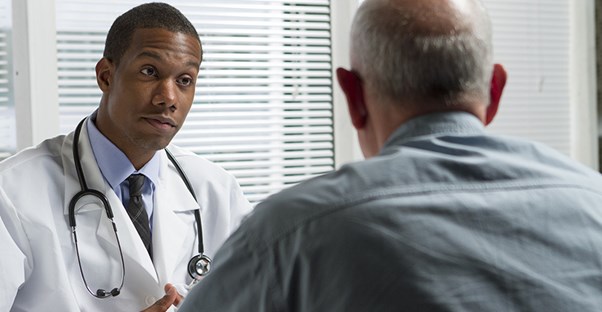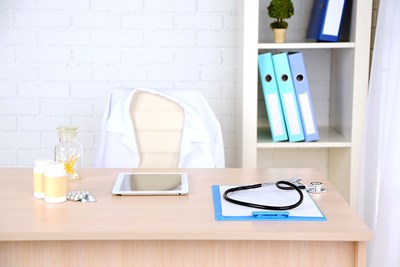Testicular torsion is the most common cause of a urologic emergency related to the genitourinary tract. The condition is uncommon, affecting around 1 in 4,000 young men. It is most often seen in adolescent males, but men of all ages can be affected. Here is everything you need to know about testicular torsion including symptoms, causes, risk factors, diagnosis, and treatment.
What is testicular torsion?
Testicular torsion occurs when the spermatic cord, a cord that carries blood to the testicles, becomes twisted, affecting blood flow and causing the tissues in the testicle begin to die.
Symptoms
The main symptoms of testicular torsion are pain and swelling of the scrotal sac. Testicular pain can begin suddenly and be severe. Swelling may be noticeable on one side or in the entire scrotum. Another common sign is that one testicle appears higher than the other.
Other symptoms can include:
- Dizziness
- Nausea
- Vomiting
- Lumps in the scrotal sac
- Blood in the semen
Testicular torsion is considered a medical emergency, if you experience any symptoms seek medical attention immediately.
Causes
Testicular torsion is the result of the testicle rotating on the spermatic cord. When this occurs, blood is carried from the abdomen to the testicle. Blood flow can be completely blocked when the testicle rotates several times.
Risk Factors
The following factors can increase your risk for testicular torsion:
- Age: Testicular torsion is most common between ages 12 and 16.
- Previous testicular torsion: If you've had testicular pain that went away without treatment (intermittent torsion and detorsion), it can occur again.
- Family history: The condition can be present in families. Most men who experience testicular torsion have an inherited genetic trait that enable the testicle to rotate freely inside the scrotum.
Diagnosis
Tests that are done to diagnose testicular torsion include:
- Physical exam
- Urine tests, to check for infection
- Imaging of the scrotum
An ultrasound of the scrotum may also be done. If the test shows that it is lower than normal, then you may have torsion
Treatment
Seek treatment right away if you start to experience sharp testicular pain.
Some men experience intermittent torsion. This is when a testicle twists and untwists which causes pain to become sharp and then subside. It is still important to seek treatment even if pain comes and goes.
Testicular torsion is normally treated with surgical repair. It is rare, but your doctor may be able to perform manual detorsion where the spermatic cord is untwisted by hand.
Surgery is needed as soon as possible in order to restore blood flow to the testicles. It is urgent to restore blood flow because if it is cut off for longer than 6 hours, testicular tissue can die, resulting in the removal of the affected testicle.
Surgical detorsion uses general anesthesia, which means you will be asleep during the procedure. The operation involves making a small incision in your scrotum and untwisting the cord. Tiny sutures are used to keep the testicle in place in the scrotum and to prevent rotation from reoccurring.




